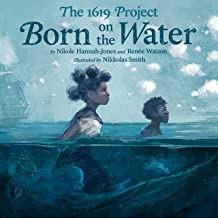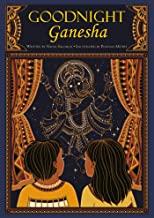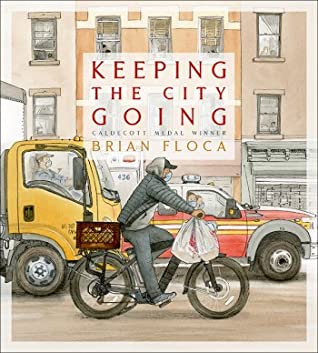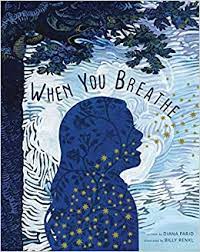written by: Monica Brown and Illustrated by Elisa Chavarri
This beautifully illustrated, bilingual book has one page written in Spanish and the opposing page written in English. Spanish is the native language of Julio C. Tello, the main character in our story with the setting in the country of Peru. The story begins with the background history of Peru, bluntly and truthfully explaining the brutal invasion of Spain in the 1500s and the extermination attempt of the indigenous people’s and culture of Peru. Our main character grew up understanding the historya nd stories of his people and his respect and intellect will eventually help to tell the story of this ancient civilization.
As a young child Julio lives in the countryside and plays with courage in the tombs of his ancestors. His father sent the skulls to the city to be scientifically studied. At age 12 he moves to Lima with the financial assistance of his aunt, who was a maid for the presidential palace. Here he becomes educated. He went on to study medicine at the University of San Marcos. While working in the library, he came across an article about the skulls that he and his brothers found and his father had sent in to be studied. He decided to devote his medical skills to studying the Indigenous History of Peru. He went to America to attend Harvard University and study Archaeology, and then back to Lima Peru to work in the Museum of Natural History in Lima, Peru. He was able to prove that Peruvian people had originated from their own soil over 3,000 years ago. He went on to discover a group called, the Paracas who were over 25,000 years ago! Because of Julio, Peruviasns have discovered and told the world of their history. It began much earlier than the Spanish Conquest.









